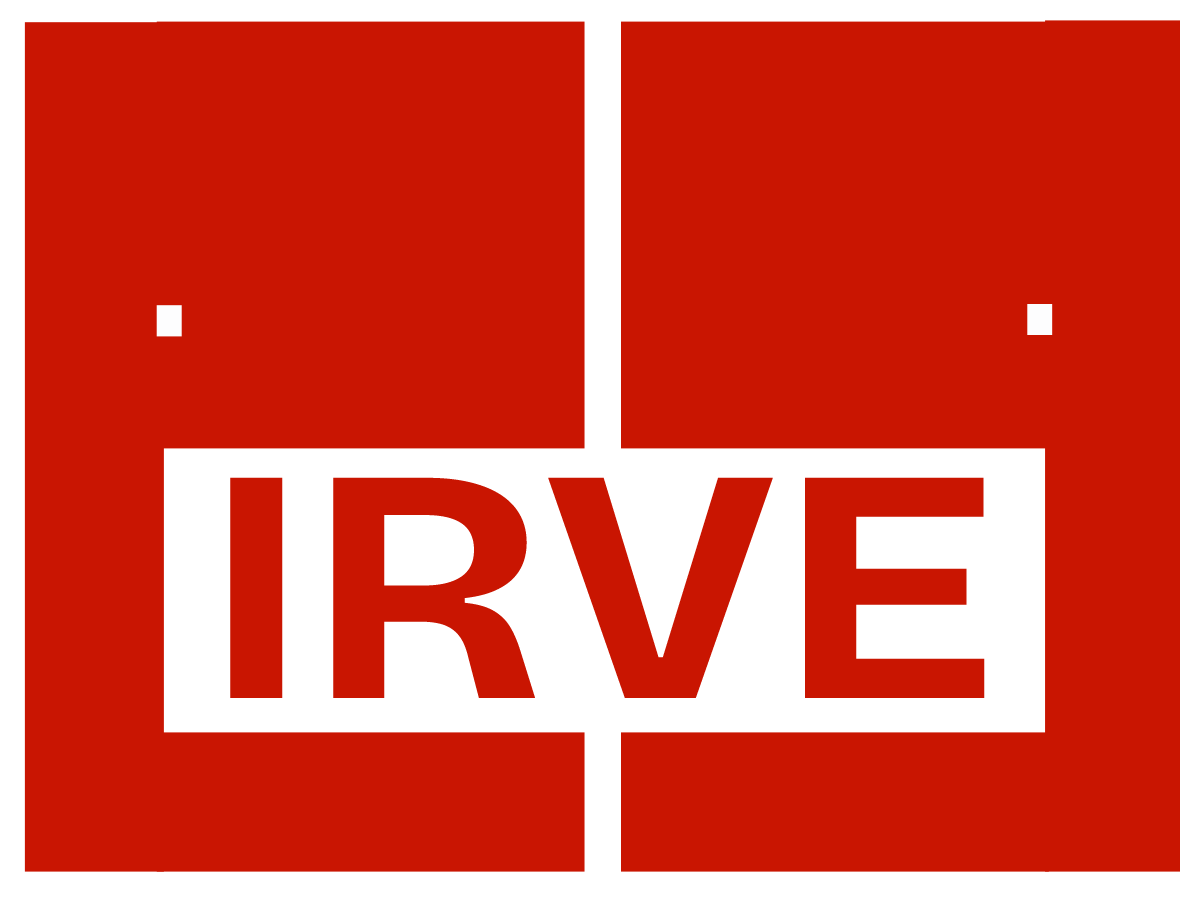PRODUCT DISCOVERY
Product discovery is a comprehensive process, which encompasses the identification of overarching business goals and delves into the intricacies of user interactions within the future software.
The objective is to understand how competitors address user challenges and fulfil their needs.
Approach:
To achieve this, the product owner will undertake the following activities:
Test each competitor's product from the perspective of a user.
Develop simplified competitor product Customer Journey Maps (CJMs) to visualize how users interact with and navigate through competitor products.
Results:
The results will include:
A comprehensive competitor analysis report.
A comparison of the user challenges addressed by competitor products.
A comparison of the core features offered by competitor products.
Competitor product Customer Journey Maps (CJMs).
A list of hypotheses, which will cover the initial user challenges and needs as well as any new insights derived from the analysis.
By following this approach, we aim to gain valuable insights into our competitors' strategies and enhance our own product to better meet user needs.
To validate product hypotheses based on a thorough understanding of user challenges and needs, ensuring that the product addresses what users truly require and lack.
Approach:
The product owner employs a systematic approach, encompassing the following key activities:
Identifying Target Users: The product owner actively seeks out potential users who represent the target audience for the product.
Conducting Individual Interviews: In-depth one-on-one interviews are conducted with the identified users. These interviews delve into their pain points, preferences, and expectations, enabling a comprehensive understanding of their needs.
Analyzing Competitor Product Reviews: An analysis of competitor products' user reviews is conducted to gain insights into the strengths and weaknesses of existing solutions. This assists in identifying areas where the product can offer a unique and improved user experience.
Investigating Core Product Metrics: The product owner examines core product metrics to assess how users are currently interacting with the product. This data provides valuable feedback on areas of improvement and potential user challenges.
Results:
The outcomes of these activities are compiled into a comprehensive user needs list. This list forms the foundational basis for defining the product's functional requirements. By aligning the product development process with user needs, the product owner can create a solution that resonates with the target audience, resulting in a more successful and user-centric product.
Illustrate and understand how users reach core values on their journey in the product.
How?
The product owner identifies ways users can avoid unnecessary steps during their user journey and illustrates that on a diagram (User Journey Map). Additionally, the product owner and client discuss the client's user acquisition strategy to understand how the product might incorporate it.
Results:
User journey map
Ensure that users easily grasp what is happening on core pages and screens.
How?
The designer prepares two design concepts for the client to choose from.
The designer prepares low-fidelity designs to illustrate core flows in the product.
The product owner and designer conduct corridor interviews with users to validate the design idea.
Results:
Design concept
Core design screens validated by users
Have a clear vision of the product business and technical requirements.
How?
The product owner creates user stories and discusses them with all the interested stakeholders in backlog management sessions.
The product owner approximates product unit economy based on approximate product metrics supplied by the client and available in open search.
The architect prepares an architecture diagram based on product requirements
Developers investigate third-party solutions to establish their suitability for the product requirements
Results:
Prioritised product backlog
Unit economy model
Architecture diagram
Investigation report on integration with one third-party application
Prepare necessary screens to work on during product development.
How?
The designer prepares high-fidelity designs so that the developers would have the necessary screens and UI elements to start the development.
The designer and the product owner decide whether it makes sense to validate particular complex screens and UX aspects via corridor interviews.
The designer amends designs based on corridor interviews if necessary.
Results
Designs for iOS
Designs for Android
Designs for responsive web app
Establish the most important attributes of the system and define how they may affect the complexity and cost of development.
While functional requirements define what a system is supposed to do, non-functional requirements define how a system is supposed to be
Non-functional requirements address pervasive qualities like performance, reliability, security, and maintainability.
How?
The product owner should determine and confirm with the client:
Supported mobile OS
Supported web platforms
Supported UI languages
Preferred server location
Amount of users to be supported by the application
Offline support
GDPR or other legal compliances
Accessibility requirements
Results:
A list of non-functional requirements
Obtain knowledge of the approximate project delivery timelines, budget, and resource allocation
How?
The product owner transitions the product backlog into development sprints, where each sprint takes from one to four weeks.
The project manager calculates the costs, time, and resources necessary to achieve product release
Results:
A product release plan
Mastering User Understanding
Study what your competitors are doing. What do their users like or dislike about their products or services? This can provide insights into what users in your industry expect.
Start by clearly defining who your target users are. What are their demographics, behaviors, and preferences? Create user personas to represent different segments of your audience.
Conduct thorough user research to gather insights into your users’ needs, goals, pain points, and behaviors. There are various research methods, including surveys, interviews, observations, and analytics data
Visualize the user’s journey from the first interaction to conversion or goal achievement. This helps you identify touchpoints and potential pain points in the user experience.
Create Jobs To Be Done (JTBD) scenarios for articulating user needs or problems with clarity, highlighting the specific circumstances or conditions in which they arise.
Understanding your users is an ongoing process. Regularly gather feedback, analyze data, and make iterative improvements to your product based on what you learn.
